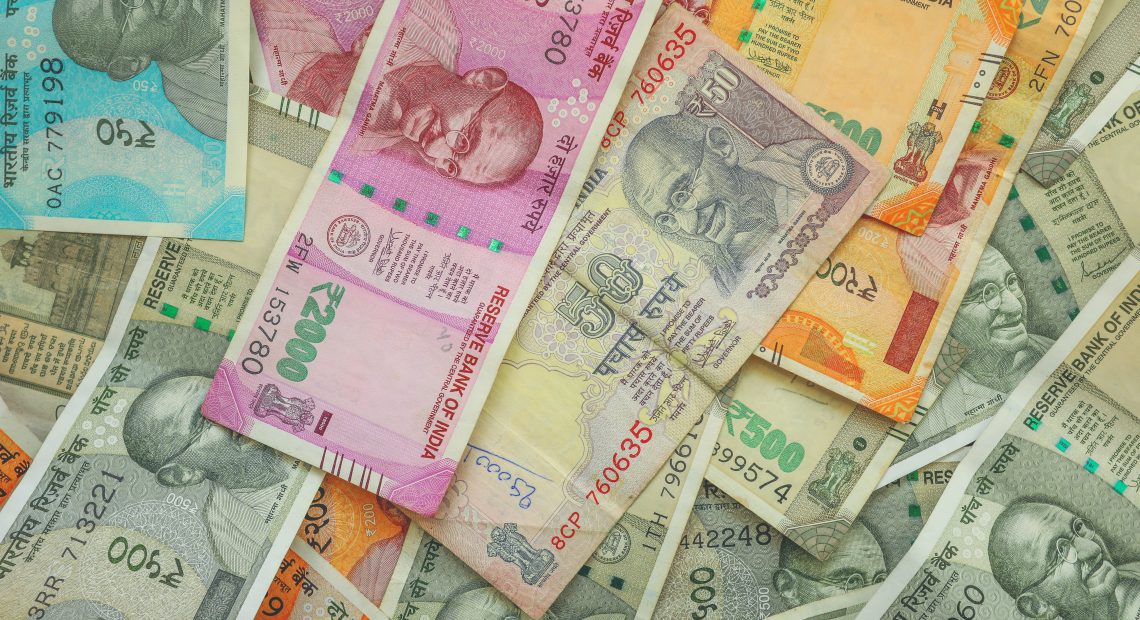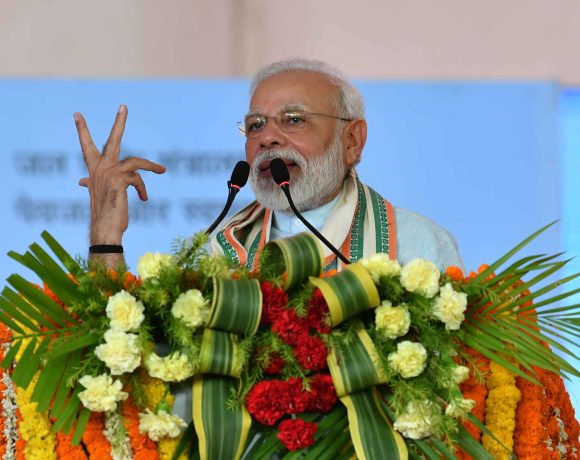
India’s Fiscal Deficit Reaches ₹9.14 Lakh Crore in April-December
India’s fiscal deficit for the first nine months of the financial year 2024-25 reached ₹9.14 lakh crore, accounting for 56.7% of the annual target. The deficit widened compared to the same period in the previous fiscal year due to increased government expenditure on infrastructure, subsidies, and social welfare programs.
“The fiscal deficit is the difference between the government’s total expenditure and its revenue, excluding borrowings.”
Increased Spending and Revenue Performance
Government spending during April-December saw a significant rise, particularly in sectors such as infrastructure development, defense, and welfare programs. Meanwhile, revenue collection, including tax and non-tax earnings, remained steady but was outpaced by rising expenditures.
Tax revenue has remained a key source of income, with Goods and Services Tax (GST) and direct tax collections contributing significantly to the government’s coffers. However, non-tax revenue sources, including dividends and disinvestments, have not kept pace with the projected targets, leading to the widening fiscal gap.
Fiscal Management and Future Outlook
Despite the higher deficit, policymakers remain confident that the fiscal situation is under control. The government has reiterated its commitment to fiscal prudence while continuing to invest in economic growth. With the upcoming Union Budget, measures to balance spending and revenue generation will be crucial in ensuring financial stability.
Experts suggest that sustained tax collections and strategic expenditure management will be necessary to meet the fiscal deficit target for the full financial year. The government may also explore avenues such as asset monetization and improved tax compliance to enhance revenue generation in the coming months.


















